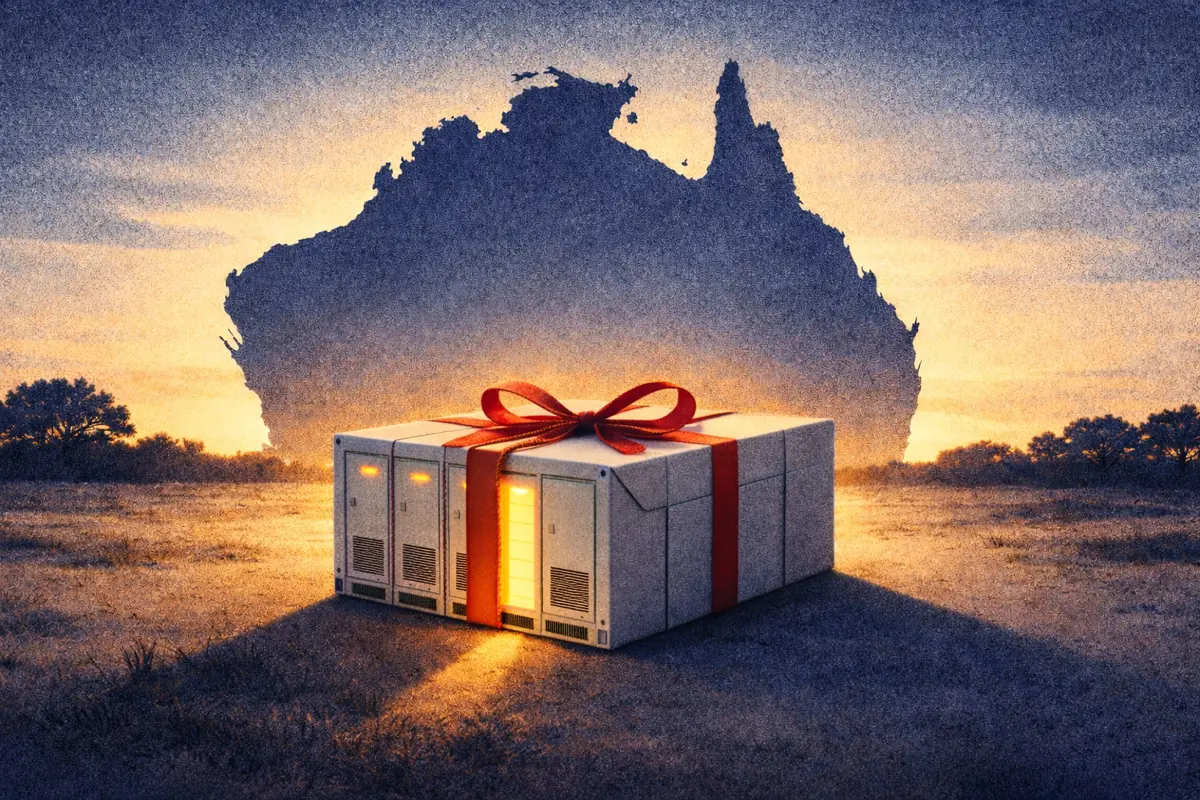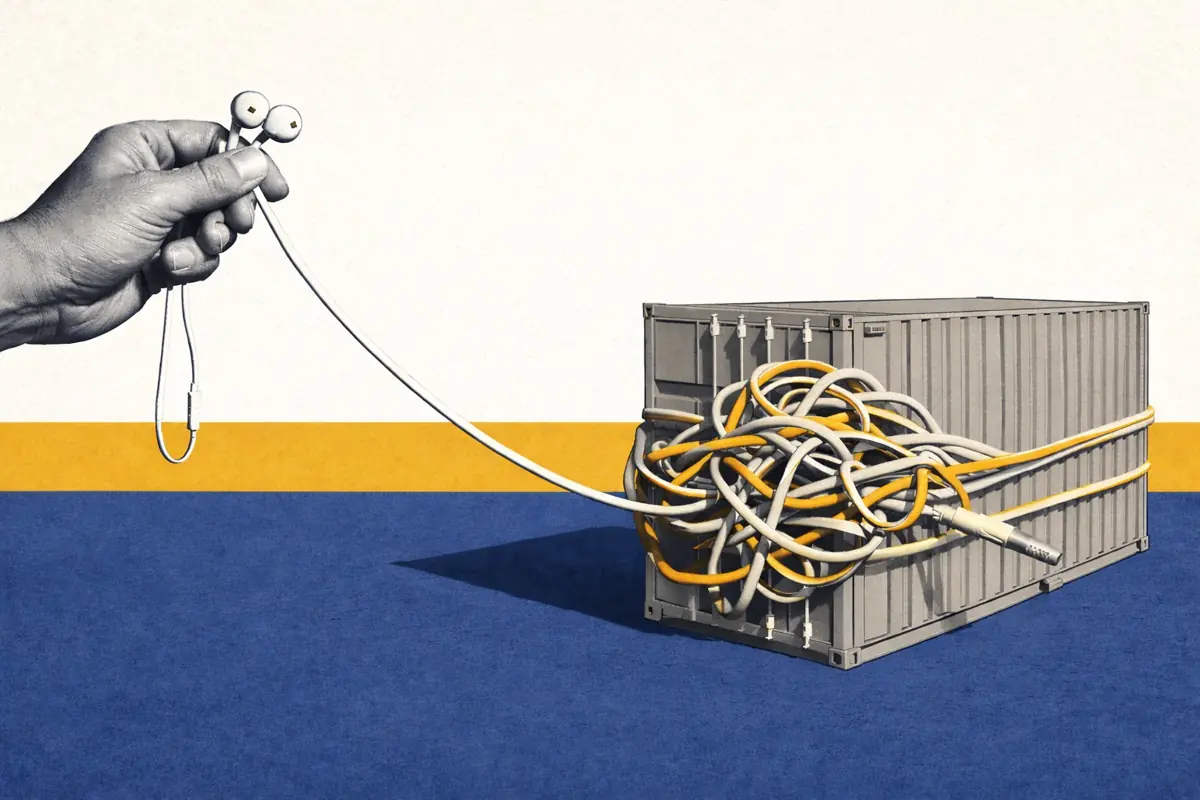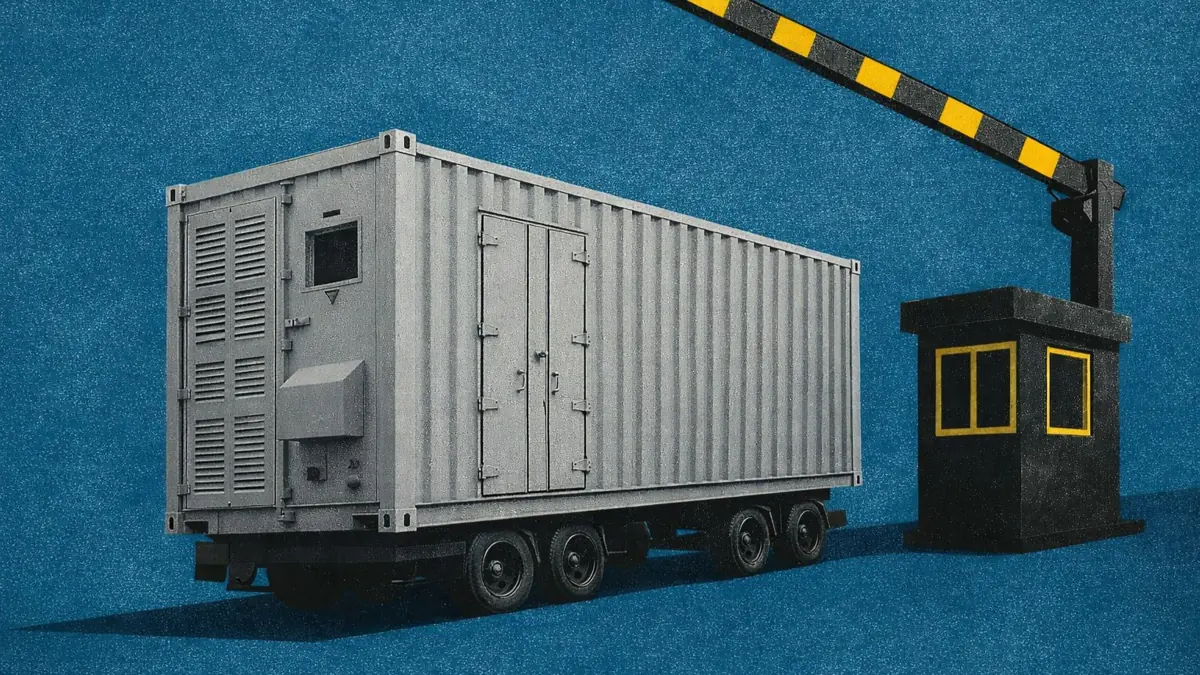Australia: Virtual tolls for battery energy storage explained
Virtual tolls for battery energy storage have been on the rise in the NEM, with the first contracts going live at the end of 2024. This is part of a wider trend of a shift towards financially-based offtake agreements, instead of traditional physical tolls.
This article explains what a virtual toll is, what other offtake structures exist in the market, and who the main providers of each have been.
Executive Summary
- Virtual tolls are financially settled contracts that offer a fixed fee to asset owners whilst they still retain physical control of the system.
- Gentailers are behind most virtual toll capacity today, but new offtake structures such as revenue swaps are allowing new competition to emerge.
- Financial offtake agreements are rapidly growing in the NEM, set to surpass 50% of long-term deals by 2026.
- Virtual tolls offer shorter terms and partial capacity contracting, providing more flexibility to both owner and offtaker.
What is a virtual toll?
A tolling arrangement in the energy market is a financial contract where one party (the “offtaker”) pays another party (the asset owner/operator) to use their generation or storage asset.
In a , the asset owner provides the physical infrastructure (e.g., battery), while the offtaker takes responsibility for operating, trading, and dispatching energy. In return, the offtaker pays the asset owner a fee. This is typically structured as a fixed fee per megawatt per year ($/MW/year).
Already a subscriber?
Log in







